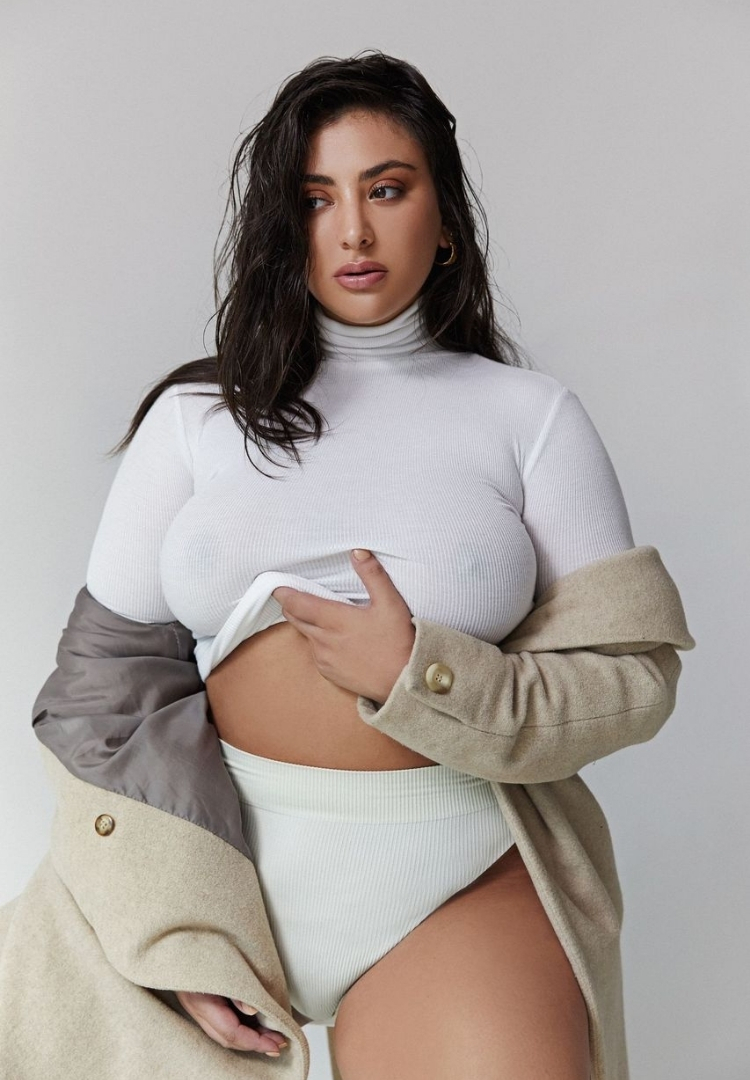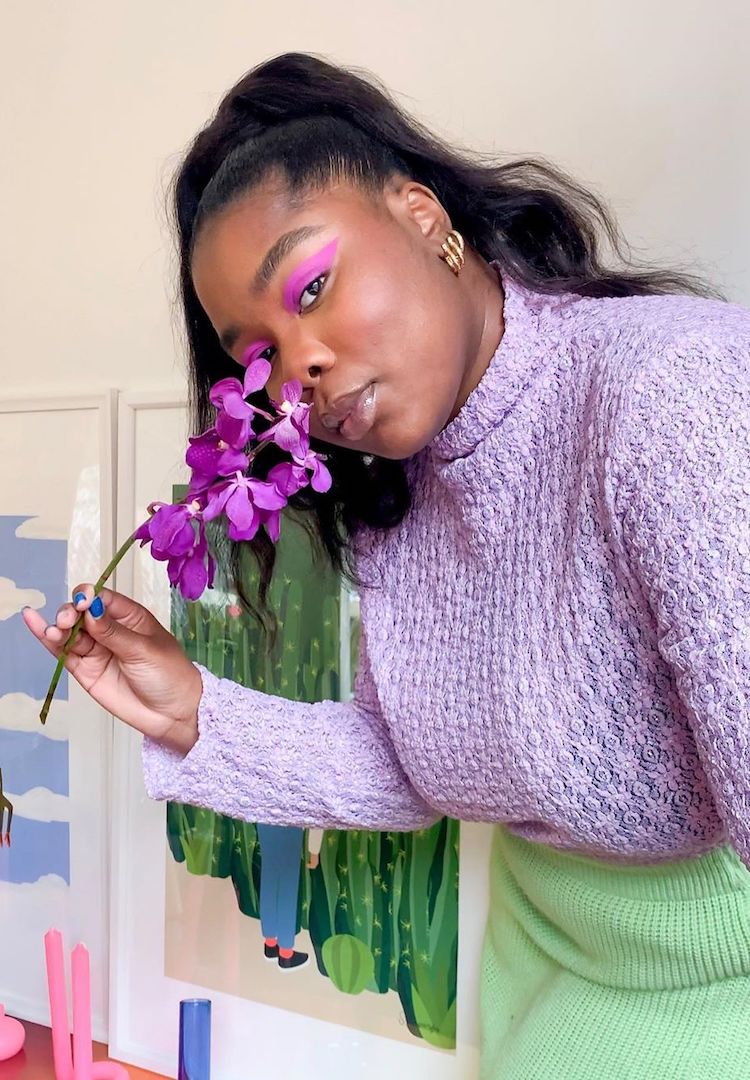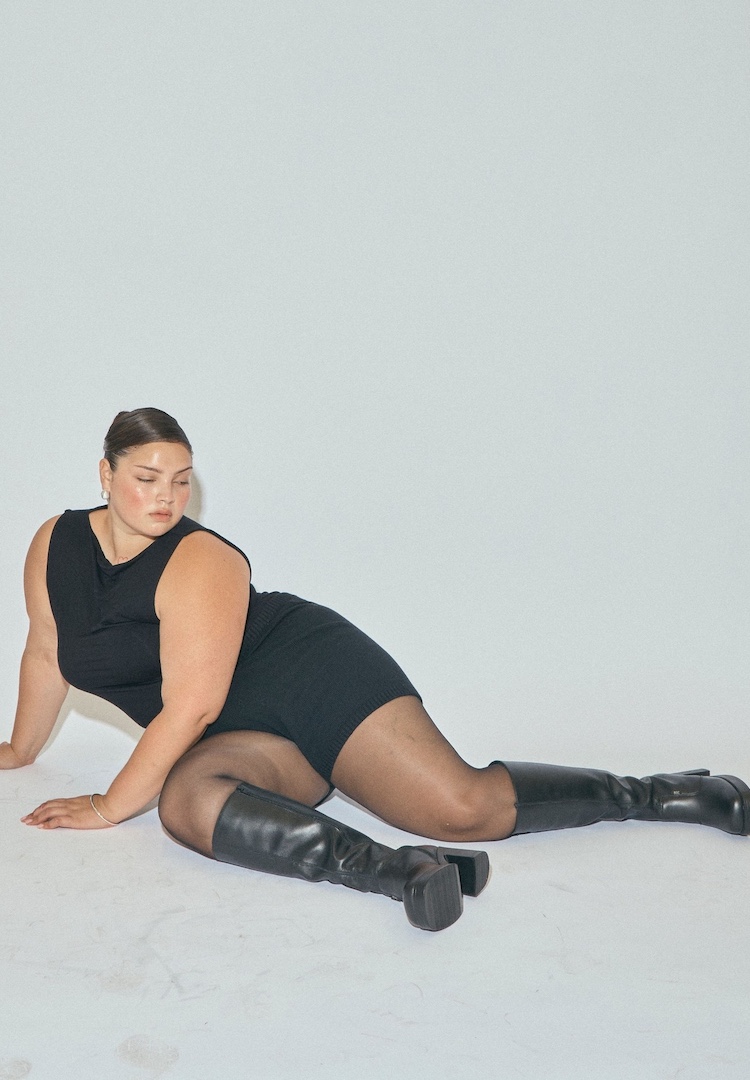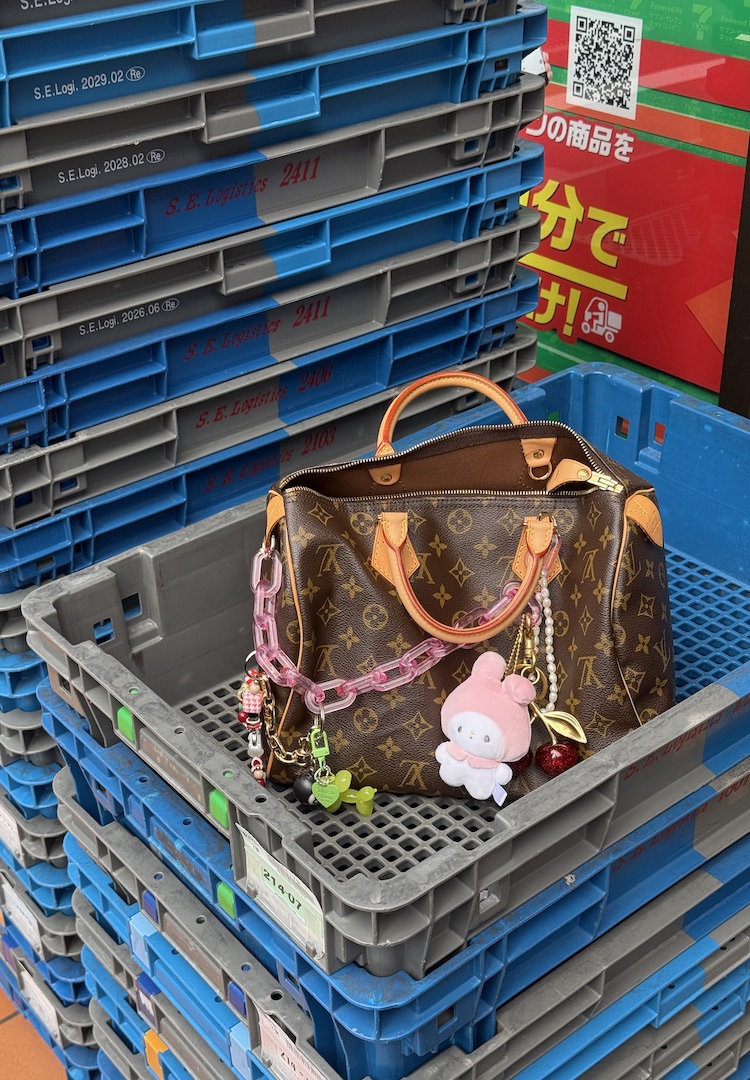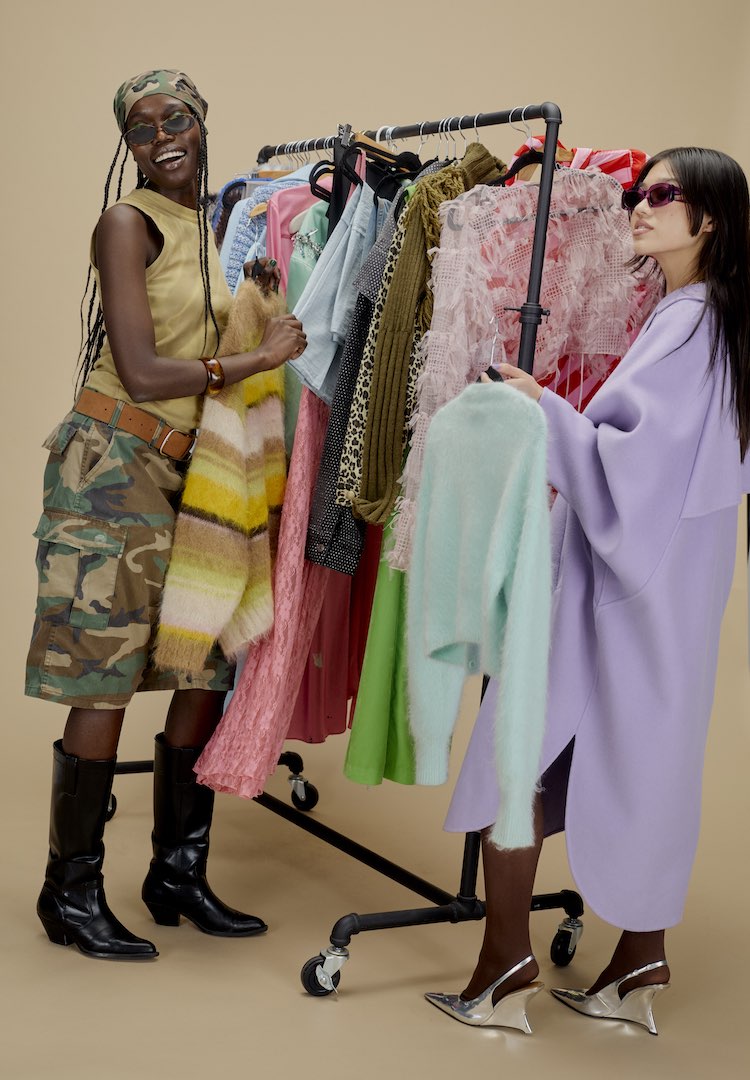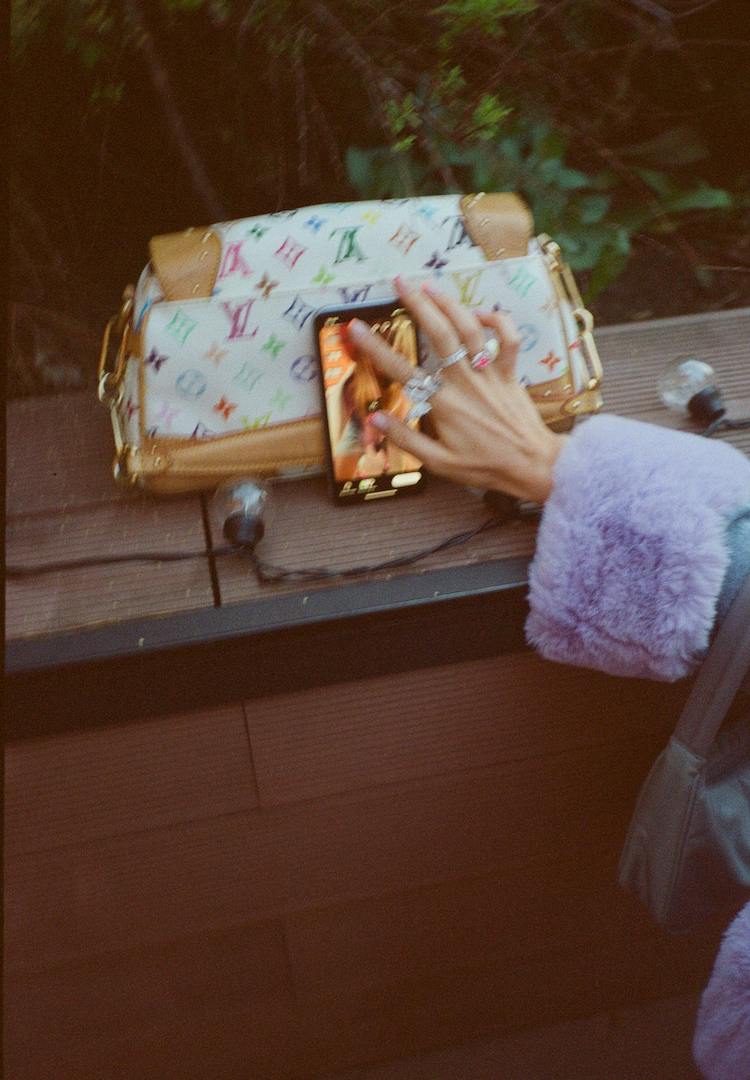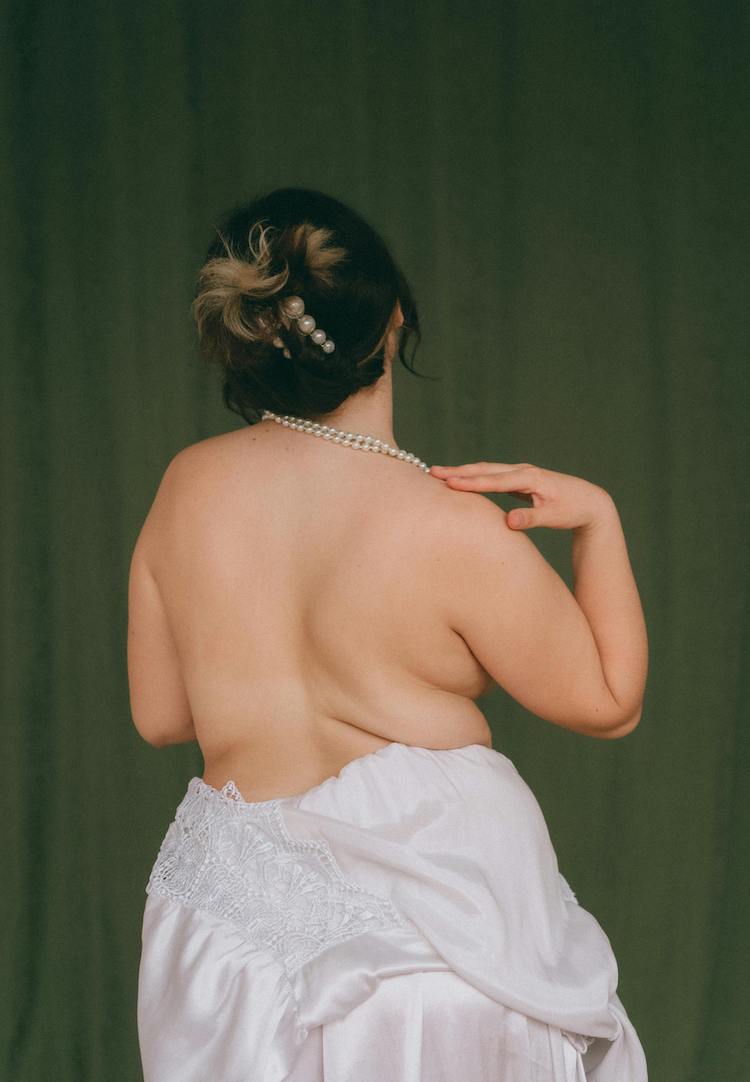The perils of online shopping as a size 14 to 16
Photography by Hayley Pease
Words by Isabelle Sacks
Is it too much to ask to see a body like mine in the clothes I’m trying to buy?
There is one thing I do not miss about the good old days, when shopping for clothes was an exercise performed in real life, honest-to-god stores. It’s that moment when I saw a really cute piece, only to be told that if I wanted it in my size, I’d have to look at the “extended sizing options” online.
Online shopping often felt like the safest bet for me when it came to clothes, even just to avoid that painful moment, but now that it truly is the only option (I live in Melbourne, RIP me) I have a few thoughts about how unsatisfying it is.
I, along with millions of Australian women, live in that delightful valley between typical straight sizes and typical plus sizes.
The average Australian woman has long been thought to be a size 14-16, which lands right in that weird spot of nearly sizing out of standard retailers, which typically run from sizes six to 16, but not quite sizing into plus-size retailers, which typically start at a size 18. The fashion industry has made leaps and bounds over the past five to ten years when it comes to size inclusivity, but I still think they’re majorly under-serving huge swathes of women to their detriment and also to ours.
Being the average, my size is usually the first to sell out. And yet, I never feel that the online shopping experience was created with me in mind at all.
I have no clue what a garment is going to look like if I can only see it on a size six
I disagree wholeheartedly with the justifications that designers use when they use primarily thin women on runways or in magazines. They say that they are selling a fantasy or that their brand is supposed to be aspirational, as if bigger people can’t be those things.
Regardless of this, I’d argue that online shopping isn’t a fantasy, and only showing clothes on impossibly thin women doesn’t make me want to buy them more, it’s just misleading. If anything it makes me less trusting of the product, because I can’t tell what the garment will look like on a bigger body.
I don’t know whether the material is a cheap jersey that will go sheer when it encounters a booty. I have no inkling whether my boobs are going to spill out because the neckline is impossibly cut. I’m unable to ascertain whether a crop top will really be more of a bralet on me.
In fact, I’m usually only comfortable buying something that is also available in plus sizes too, as at least then I can see it modelled by someone who resembles me. That’s a whole other issue, as often we are sold the idea that plus models are actually plus-sized when most of the time they aren’t. I have to check my privilege here, as shopping is much worse in many ways for women that the industry has designated plus-size.
But that’s the whole point of free returns, right?
Obviously, all online shopping is a gamble, but businesses doing what they can to make the experience a little more successful for everyone would save all of us a ton of money and be much better for the planet.
Free returns are something that many consumers are expecting nowadays, but of course they’re never truly free. They can represent a real hurdle for the businesses that have to bear the costs, which often shuts out small or upstart businesses who don’t have the advantage of economies of scale. Alternatively, businesses end up padding the prices to account for the costs of sorting and repackaging returned stock, and we end up paying more.
The Australian Circular Fashion Association estimates that 30 per cent of all online clothing purchases in Australia are returned. Not only is all that extra travel increasing the carbon footprint of the garment, but at least one-third of these returns end up in landfill because they can’t be resold.
We’ve all seen the ‘when you order online vs when it arrives’ memes, a moment I’ve experienced many times. But I can’t help feeling like that moment – when I promptly re-package and send back everything I bought – could be avoided if only I had seen the clothes on women of different shapes and sizes.


